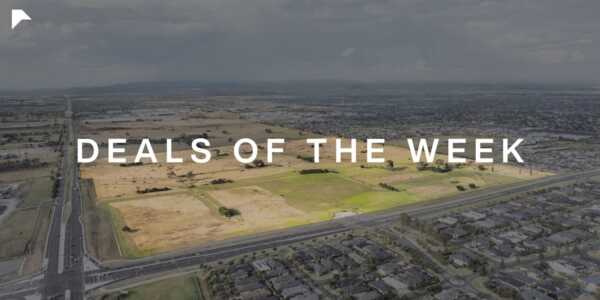Town planning guidelines and procedures vary state by state and rightfully so. There are so many elements at play for governments to consider: zoning, structure and development plans, affordability, sustainability and much more.
All of these key factors make urban planning a fast-paced, complex environment, which in turn can make planning difficult for a property developer. This post aims to give a brief overview of the main planning differences between the three major states Development Ready operates in: VIC, NSW and QLD, and their respective urban planning strategies.
Town planning in Victoria
Melbourne is on course to become Australia’s largest city by 2050, with the population expected to hit over 10 million, more than double what it is today. As such, the state government’s key challenge is ensuring that Melbourne’s suburbs have the infrastructure and services they need within a small radius; Melbourne is a strong proponent of the 20-minute city.
Plan Melbourne will guide the growth and set a strategy focused on job creation, connectivity, liveability and sustainability. Part of this is focusing on growth corridors and strategic clusters of new pockets of land, such as the recently approved Mt. Atkinson and Tarneit Plains area in Melbourne’s West. The Victorian Planning Authority (VPA) lists the current projects and is a great resource for property developers keen to pioneer a new area.
Among the latest changes in Victoria are new neighbourhood residential zones and the introduction of mandatory garden allotments. House blocks over 400m2 must now contain between 25-35% garden space.
But Hugh McKenzie of proUrban believes this has already had a detrimental effect on several development proposals. “The problem I have with a mandatory approach is that it doesn’t always create opportunities for better design outcomes…If the overarching objective is to have gardens, it can be met in a number of different ways, other opportunities that don’t restrict designs.”
Urban Planning in New South Wales
Like Victoria, New South Wales places a strong emphasis on developing their main city, Sydney, into a vibrant global centre. A few examples include the massive $250m plan to revitalise the Sydney Fish Market, the upcoming redevelopment of the Bays Precinct, and major transportation and infrastructure to the thriving Western Sydney area.
Land use planning in New South Wales is controlled by the Environmental Planning & Assessment Act 1979 (EP&A Act). It establishes key planning considerations, such as the role of the Minister of Planning and the strategic plans of the Department of Planning & Environment. In addition to the legislation governing land use and urban planning, the Minister for Planning publishes a Metropolitan Plan for Sydney and key regional areas.
Sydney has also introduced the Greater Sydney Commission, an independent body that works closely with government to guide the future planning of development, transport and housing. A dedicated Land and Environment Court of New South Wales deals with urban planning disputes. Typically, urban planning cases deal with development assessment matters.
Similarly to VIC, NSW lists their priority areas and growth precincts, which acts as a great resource for property developers keen to find the next trending neighbourhood.
Development Plans in Queensland
Queensland differs from NSW and VIC in that their state development plans revolve around growing specific industries, such as defence industries and biomedical enterprises. It also has the major infrastructure of the 2018 Commonwealth Games on the Gold Coast to factor in.
While much of NSW and VIC strategic visions revolve around housing, QLD is focusing on opening up key pockets of land for coal, gas and oil exploration; almost 18,000 sq km has been approved for petroleum and gas exploration.
For property developers, it’s important to know that Queensland has two overarching planning instruments for land use and development: State Planning Policy and regional plans. The former is made up of critical planning matters while the regional instruments work with local communities to guide growth.
With less state-based focus on growth suburbs than the other two states, it’s worth paying close attention to the Queensland suburbs that are popular with other developers.
For more property development advice and opinion, contact Development Ready here.










